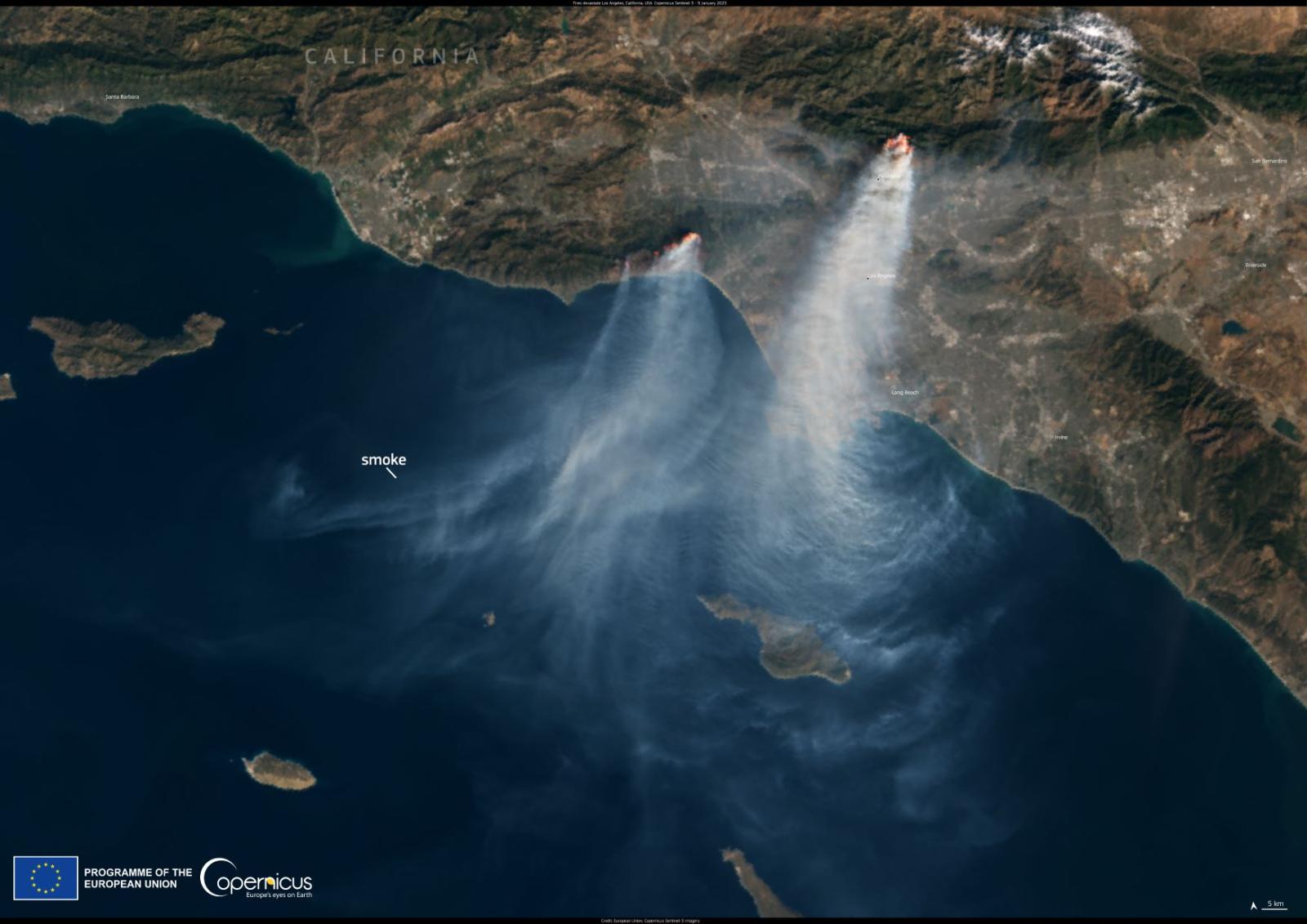The Italian President, Giorgio Napolitano, is one of the most mindful political figures in regards to science and its values. And he is also extremely aware of the role played by science in our society. For these reasons, it was no surprise when he appointed Carlo Rubbia senator for life. Firstly, the particle physicist born in Gorizia the 31st March 1934 is the only “living” Italian Noble prize’s winner – since Renato Dulbecco and Rita Levi Montalcini (a senator for life herself) died last year. Of course, Riccardo Giacconi (the astrophysicist) and Mario Capecchi (the genetist) are also Nobel laureates, but they have always been working in the United States and are therefore considered “American” Nobel prizes.
Even though Rubbia’s scientific career mostly took place at CERN (Geneve), which he joined in 1960, he is part of the Italian history of particle physics. In fact, he graduated in Pisa and then worked in Rome with Marcello Conversi, an extraordinary personality who actually “launched” particle physics together with Ettore Pancini and Oreste Piccini. In Geneve, then, he was member of the Italian team.
He won the Nobel Prize in 1984 for discovering the so-called intermediate bosons, which he used for demonstrating that two of the fundamental forces in nature – electromagnetic interaction and weak interaction - are actually different manifestation of the same force: the electroweak interaction.
Rubbia has an exuberant creative talent. His proposals range to any fields – from the hypothesis of an engine for Mars to solar energy - and are always original, sometimes striking. Along with his creativity, Carlo Rubbia can boast a rare experience as research manager. In fact, he directed CERN, creating the conditions for the future realization of LEP and then LHC, the biggest and most powerful machines ever built. He has been then President of the Synchrotron Light Laboratory in Trieste and President of ENEA, the Italian Research Body for Energy and Environment. He has been also a consultant for the Italian Government under Romano Prodi, for the European Commission under José Manuel Durão Barroso and for the United Nations.
He is one of the most representative and well-known Italian scientist in the world. Somebody says he is not really well tempered. But he was among the first people calling and sympathizing with Vittorio Silvestrini, the Director of the City of Science, in Naples (which Rubbia is charter member of, together with Rita Levi Montalcini) when, at the beginning of March, this year, it was set on fire and destroyed.
Published on L'Unità, August 31, 2013



